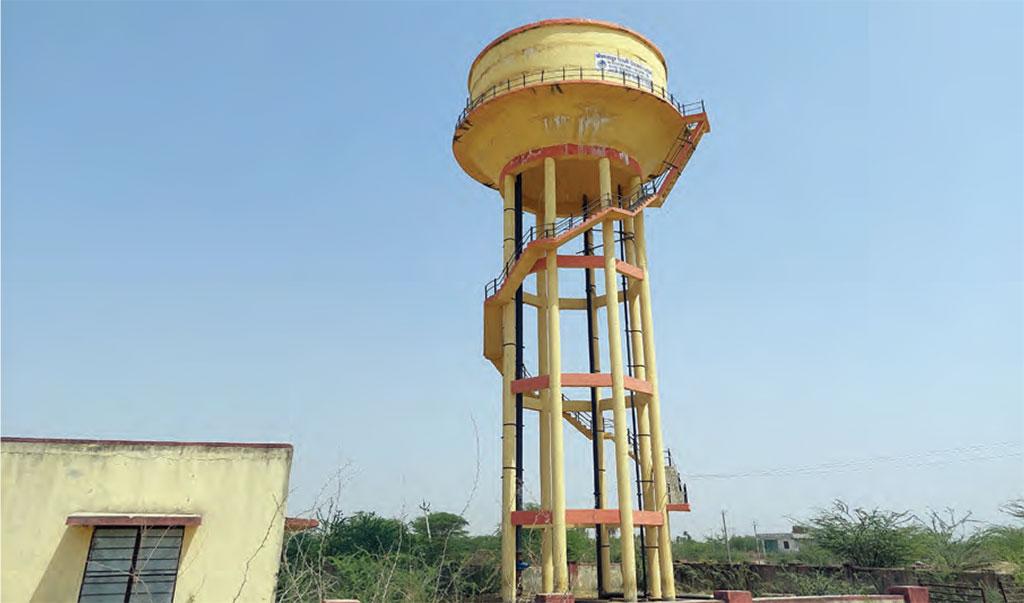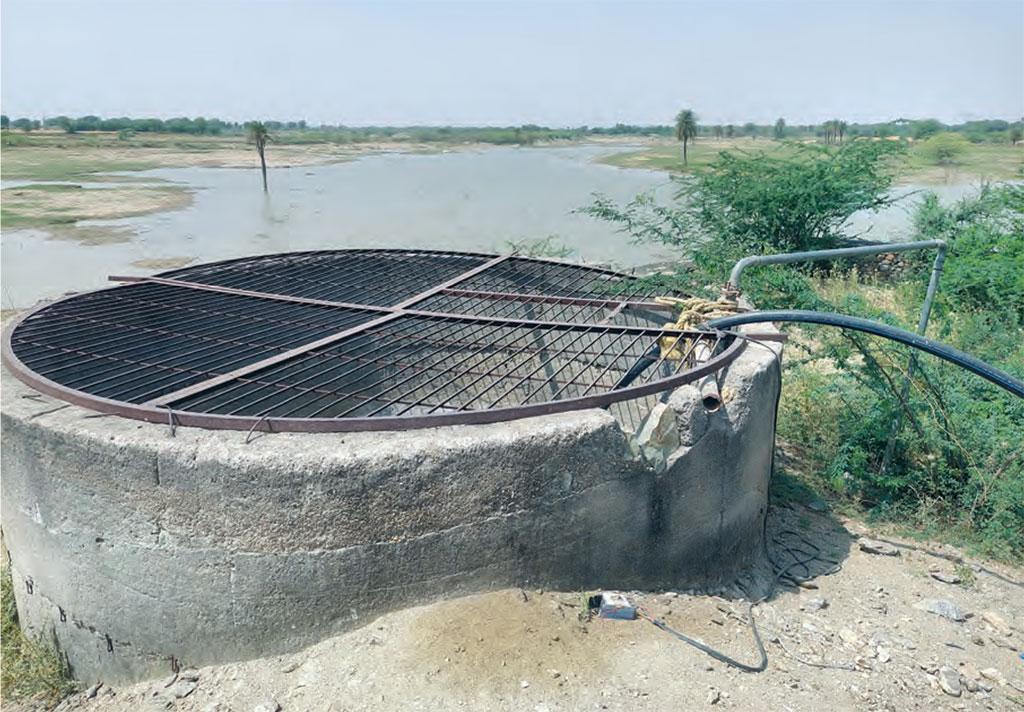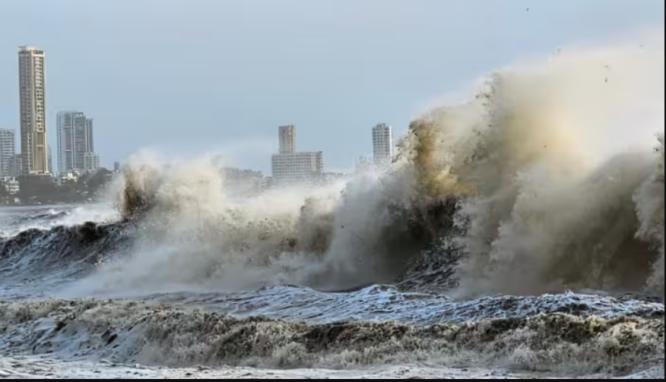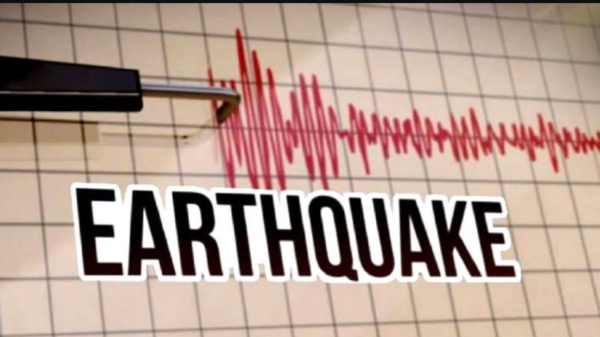This article was first published in Big Change Is Possible: Exemplary Water Supply and Sanitation Practices in India.
The town drilled three wells and built an overhead tank for ground and surface water.
During the height of summer, Ladana hamlet (Phagi tehsil) in the semiarid Jaipur district experiences high temperatures and evaporation loss. In this hamlet, fighting for a clean and consistent water supply has been a way of life for decades.
Beside the local temple was a baori, or step well, upon which the villagers relied. They gathered water in earthenware vessels until the well became polluted owing to the buildup of garbage or, on occasion, animal remains.
The source of water was relocated to a seasonal creek that runs along two sides of the settlement. From the village center, any place along the stream is only one kilometer distant. During the summer, however, the creek dries up, forcing the people to go to distant communities to obtain water from open wells.

The shift
Prior to 2016, Ladana village obtained its water from a baori near the local temple and a seasonal stream that flows through the region. The Watershed and Soil Conservation Department of Rajasthan excavated the Ganga Sagar talab in 2016 as part of the Integrated Watershed Management Plan (IWMP), a Centrally-sponsored initiative began in 2009-10.
IWMP had previously supplied 90 percent of its budget to states (where one-tenth was the share of the state). The ratio has been changed to 60:40 in order to restore ecological balance by harnessing, preserving, and improving deteriorated natural resources such as soil, vegetative cover, and water.
The Ganga Sagar talab, located around 2.5 kilometers from the Ladana settlement, significantly increased the availability of potable water. For many years, the pond served as a supply of potable water. Unfortunately, the pond’s water level decreased every summer.
In 2018, the panchayat constructed a well around 25 meters deep near the pond. In 2017, two more 20-meter-deep open wells were drilled near the stream. The three wells are carefully placed near sources of water in order to be organically refilled by the pond and stream.

An open well beside a stream provides Ladana community with potable water
The community also receives water from the Bisalpur dam, located on the Banas River near Deoli in the Tonk district, in order to regulate groundwater exploitation. Under the Jal Jeevan Mission, just 40 percent of the 563 houses in the community had working household taps connected to an overhead tank via well-laid pipelines by March 2022.
The remaining residences have yet to be linked. The town has developed a 125,000-litre overhead tank that can hold both groundwater and water from the dam.
The water supply for homes with taps comes from groundwater and surface water; in a week, three days’ worth of water comes from groundwater and four days’ worth comes from surface water.
Three to four standposts in the community provide access to surface water provided by the dam for households that are not linked to pipes. Similarly organized villages include Peelwa (Amber tehsil, Jaipur) and Bajhot (Kishangarh Bas tehsil, Alwar).
A 125,000-litre water-storage tank in Ladana hamlet (Vivek Kumar Sah)

Operation and servicing
The Public Health Engineering Department (PHED) is responsible for the operation and maintenance of the village’s water supply. In addition, an operator has been assigned whose primary responsibility is to monitor the village’s potable water supply.
As a service charge, PHED collects Rs 50 from each beneficiary household (i.e., one with a tap) for local source water supply and Rs 27.50 for Bisalpur–Jaipur Water Supply Project (BWSP) water delivery. PHED provides technical assistance for the operation and upkeep of water delivery systems.
The Village Water and Sanitation Committee has been constituted but is not yet operational. Regular water quality tests are conducted by PHED authorities. Communities have been given with test kits to determine the quality of water at their endpoint. One field test kit can analyze over one hundred water samples. Women are also included in the examination of water samples.




